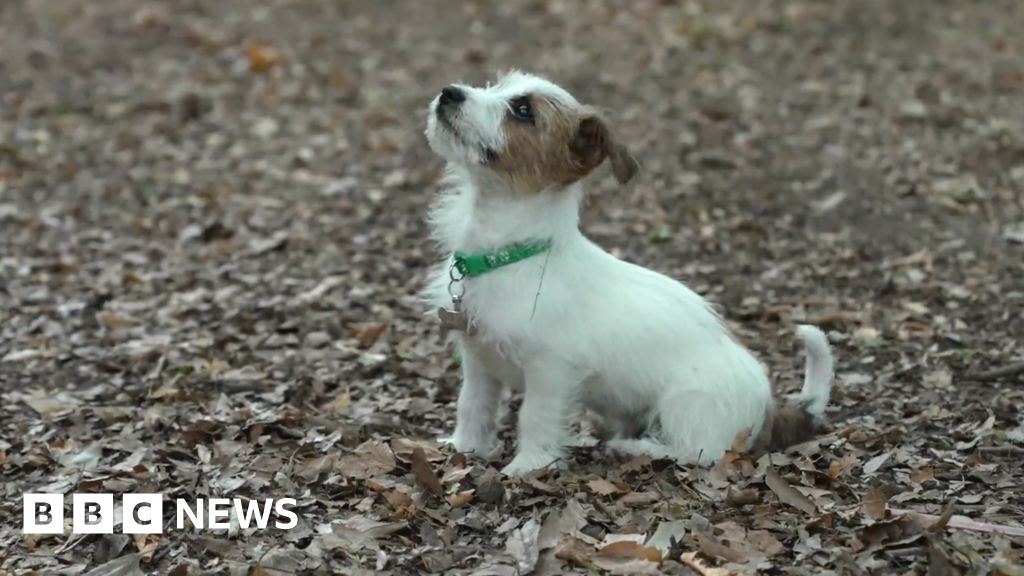They were once seen as a sign of rebellion or deviance.
But tattoos are now widely accepted as a form of personal expression around the world.
In fact, figures have shown that more than a quarter of Brits now have tattoos - ranging from full tribal sleeves to dainty flowers.
So, what do your tattoos say about you?
In a new study, researchers from Michigan State University have revealed how people make judgements based on someone's tattoos.
According to their analysis, people with cheerful, colourful tattoos are seen as more agreeable.
In contrast, people who opt for tattoos featuring death imagery are more likely to be rated as unpleasant.
'While people often believe tattoos reveal deep truths about someone's personality, those impressions usually do not hold up,' said William J Chopik, lead author of the study.
If a tattoo was larger or was more traditional (vs. modern), the participant was rated as more extraverted (stock image)
Tattoos have been around for thousands of years.
In fact, the first proven inkings date back a whoppping 5,000 years to the marks on Otzi the Iceman, a mummy found in the Alps.
However, until now, the perceptions of personality based on tattoos have remained unclear.
'Previous work has been agnostic to whether and how people use the content of people's tattoos when forming judgments about them (and if those judgments are accurate),' the researchers explained in their study, published in the Journal of Research in Personality.
'The content of tattoos might communicate important information about those people in similar ways that other external cues guide judgment (e.g., physical appearance, laptop stickers).'
To get to the bottom of it, the researchers enlisted 274 adults aged 18 to 70, all of whom had at least one tattoo.
The participants completed a Big Five personality questionnaire to assess their levels of agreeableness, conscientiousness, extroversion, neuroticism, and openness to experience.
They also provided photos of their tattoos, as well as descriptions of the meaning behind them.
In a new study, researchers from Michigan State University have revealed how people make judgements based on someone's tattoos
What people think of you, based on your tattoos
- More life (vs. death) imagery or comforting (vs. disturbing): agreeable
- High quality or was more concrete (vs. expressionist): conscientious
- Larger or more traditional (vs. modern): extraverted
- Smaller, more death (vs. life) imagery, or more original (vs. generic): neurotic
- Large, no affiliative symbols (e.g., sports teams, school logos), or comprised of images (vs. words): open to experience
In total, 375 tattoos were collected - before being passed over to 30 people, who were asked to rate the people behind them.
The findings reveal what many of us already know to be true - we really do judge a book by its cover.
'The findings revealed that people do make judgements based on someone's tattoos – for example, someone with a small, cute daisy tattoo would be viewed as more agreeable than someone with a big, grotesque skull tattoo,' the researchers explained.
If tattoos had more cheerful or comforting imagery, the person behind it was rated as more agreeable.
And if a tattoo was of high quality or was more concrete (vs expressionist), the person was rated as more conscientious.
Large, or more traditional tattoos made people seem more extraverted, while smaller tattoos, or those with more death imagery made people seem neurotic.
Finally, if a tattoo was large, or was comprised of images rather than words, the person was rated as more open to experience.
However, these assumptions were mostly incorrect - and did not reflect the tattoo owner's true personality.
In fact, the only significant association was that those open to experience were more likely to have 'wacky' tattoos.
'Those impressions usually do not hold up, except in the case of 'wacky' tattoos, which can genuinely reflect a person's openness,' Mr Chopik added.
The researchers hope the findings will encourage people not to jump to conclusions about people, based on their tattoos.
'Suppose someone were to have a tattoo of a skull and a gun,' they added.
'In that case, one may believe that the person who has that tattoo has antisocial or antagonistic tendencies, when in fact, that person may just like a certain band for whom those features are part of their logo (e.g., Guns N' Roses).'
WHAT ARE THE OLDEST TATTOOS IN THE WORLD?
Since his discovery on 19 December 1991 by German hikers, Ötzi (artist's impression) has provided window into early human history.
Since his discovery on 19 December 1991 by German hikers, Ötzi has provided a window into early human history.
His mummified remains were uncovered in melting glacier in the mountainous border between Austria and Italy.
Analysis of the body has told us that he was alive during the Copper Age and died a grisly death.
Ötzi, who was 46 at the time of his death, had brown eyes, relatives in Sardinia, and was lactose intolerant.
Experts discovered a total of 61 tattoos on Ötzi's body using different wavelengths of light to pick them out on the mummy's darkened skin.
And in December 2015 they were confirmed to be the world's oldest - beating markings on an unidentified South American Chinchorro mummy.
Experts had thought the South American mummy with a moustache-like tattoo on its face died in around 4,000BC, before realising it's younger than Ötzi, who was killed in around 3250 BC.
While researchers can't be sure why Ötzi had the tattoos, many think that they served as a form of acupuncture.
'We know that they were real tattoos,' Albert Zink, head of the Institute for Mummies and the Iceman in Bolzano, Italy told LiveScience.
The ancient tattoo artist who applied them 'made the incisions into the skin, and then they put in charcoal mixed with some herbs.'
The tattoos, mostly found on Ötzi's lower back and legs, between the knee and food, may have been a way to relieve the effects of chronic pain or injuries.
Experts discovered a total of 61 tattoos on Ötzi's body using different wavelengths of light to pick them out on the mummy's darkened skin and in December 2015 they were confirmed to be the world's oldest
Ötzi was thought to have done a lot of walking in the Alps, which could have resulted in joint pain in his knees and ankles.
The 61st tattoo, found on the ribcage, has puzzled researchers who suggest Ötzi may also suffered from chest pain.
If the tattoos were not for therapeutic benefit, the researchers say they could have had symbolic or religious significance.
Alternatively, they may simply be geometric shapes with no hidden meaning.
In March, 2018, figurative tattoos were been discovered on 5,000-year-old Egyptian mummies at the British Museum.
Experts said that these were the world's earliest figurative tattoos.
The tattoos are of a wild bull and a Barbary sheep on the upper-arm of a male mummy, and S-shaped motifs on the upper-arm and shoulder of a female.
The find dates tattoos containing imagery rather than geometric patterns to 1,000 years earlier than previously thought.
Researchers said the discovery 'transforms' our understanding of how people lived during this period.
 (1).png)
 1 month ago
15
1 month ago
15

















